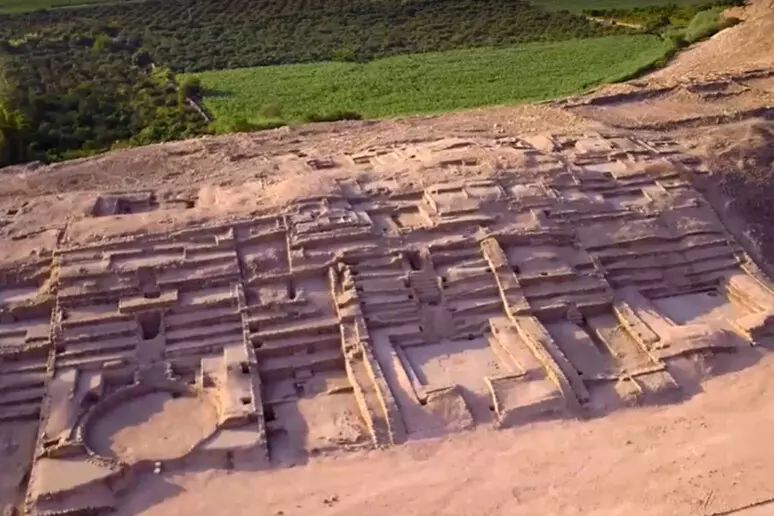In Peru, a team of archaeologists, supported by the country’s Ministry of Culture, has announced the discovery of an impressive ancient urban settlement, dated between 1800 and 1500 BC.
It is the ancient city of Peñico, located in Barranca province, near the famous Caral civilization (dating back 5,000 years). Peñico probably served as an important trading hub between the cultures of coastal Peru, the Andes and the Amazon.
Eighteen constructions have been excavated, including public and residential buildings, erected in a strategic position on a natural terrace about 600 meters above sea level. Archaeologists say the city was built at the same time as the earliest civilizations of the Middle East and Asia, but there is no evidence of direct contact with them.
The center of the site is characterized by a large circular structure surrounded by stone and mud buildings, probably intended for ceremonial uses. Peruvian archaeologists Ruth Shady and Marco Machacuay Romero have confirmed Peñico’s role as a commercial and religious hub.
As Reuters reports, the scholars found ceremonial objects such as trumpet-shaped shells (pututu); beaded and shell necklaces; clay sculptures depicting humans and animals; and evidence evidence of ritual and domestic art.
Using drones, aerial images reveal the layout of the settlement, which includes a central plaza, ceremonial temples, and numerous dwellings.
According to the most recent investigations, Peñico would have arisen after the decline of the Caral civilization, perhaps as a result of extreme climatic events.
The discovery of Peñico offers a significant contribution to the understanding of ancient Andean civilizations: a carefully planned, strategically located city that testifies to the high level of social organization achieved in Peru at that time.











